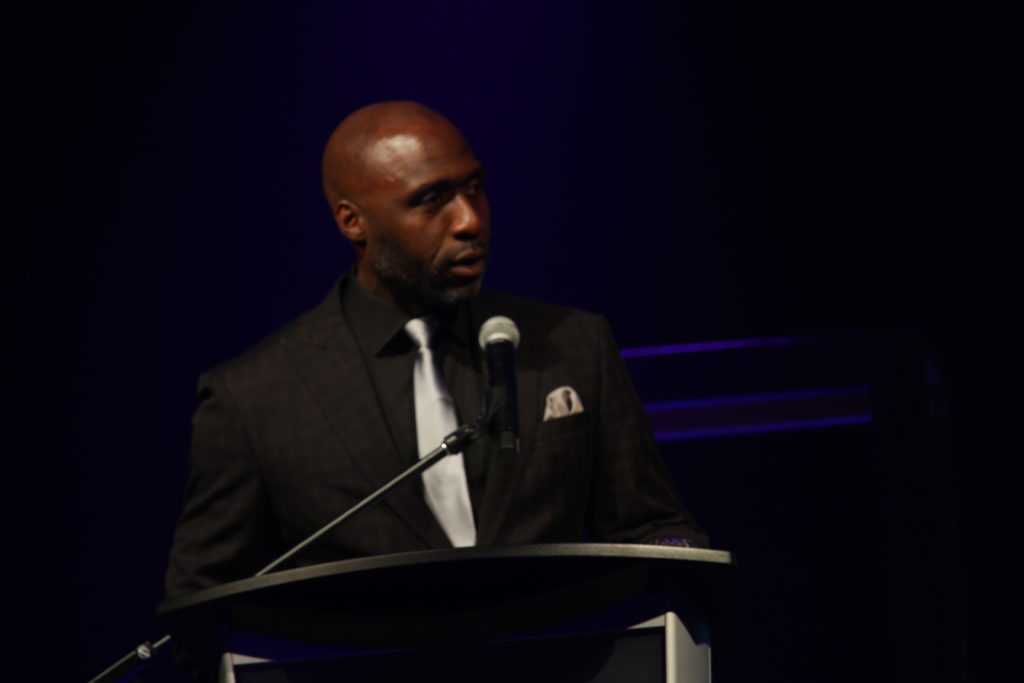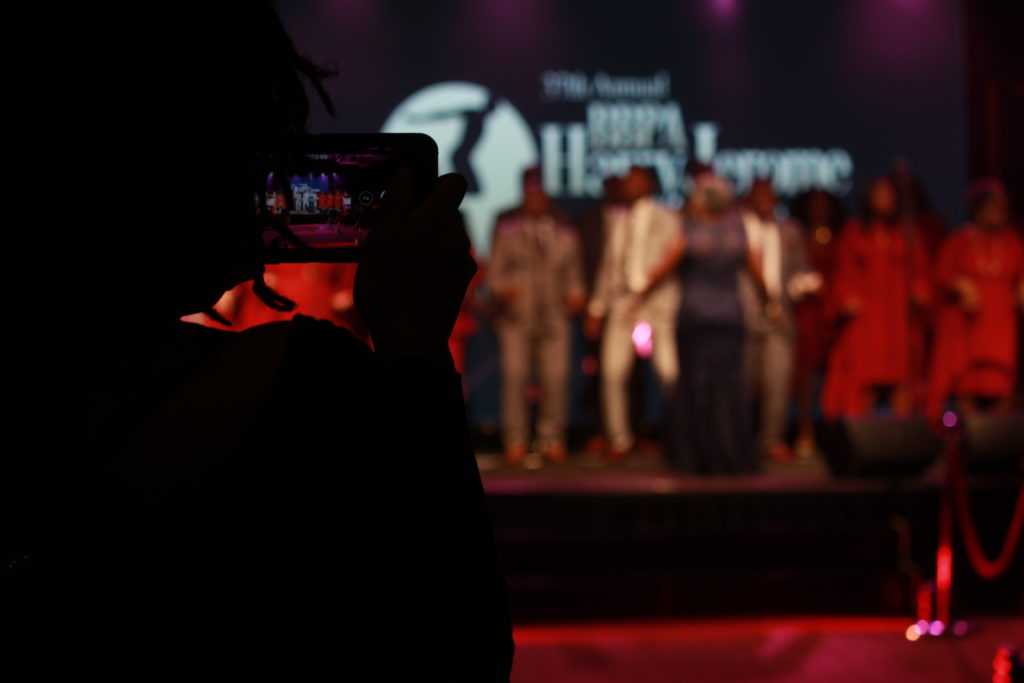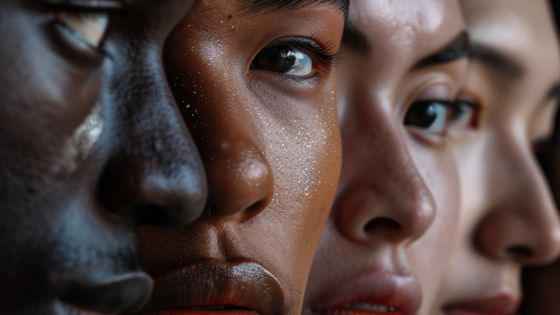on
BY SIMONE J. SMITH
 April 28th, 2019, marked the 37th Annual BBPA Harry Jerome Award dinner and fundraiser and is one of Canada’s biggest nights in Black Achievement. It comes during a monumental time as this year Prime Minister Justin Trudeau announced that the Government of Canada would officially recognize the International Decade for People of African Descent. This decade will recognize 2015 to 2024 as an opportunity to focus and honor the significant contributions people of African descent have made to Canadian society. With the current inequalities that Canadians of African descent face, there is no better time to bring to awareness and development a framework that tackles issues concerning: racism, discrimination, and injustice. From the red-carpet arrival, presenters and performances to the nominations, winners and standout moments of the night, the BBPA singlehandedly etched out another moment in Canadian African History. This article will pinpoint significant factors that are involved in the journey to achieve a Harry Jerome Award.
April 28th, 2019, marked the 37th Annual BBPA Harry Jerome Award dinner and fundraiser and is one of Canada’s biggest nights in Black Achievement. It comes during a monumental time as this year Prime Minister Justin Trudeau announced that the Government of Canada would officially recognize the International Decade for People of African Descent. This decade will recognize 2015 to 2024 as an opportunity to focus and honor the significant contributions people of African descent have made to Canadian society. With the current inequalities that Canadians of African descent face, there is no better time to bring to awareness and development a framework that tackles issues concerning: racism, discrimination, and injustice. From the red-carpet arrival, presenters and performances to the nominations, winners and standout moments of the night, the BBPA singlehandedly etched out another moment in Canadian African History. This article will pinpoint significant factors that are involved in the journey to achieve a Harry Jerome Award.
Founded in 1983, the BBPA has been on a mission to advance Canada’s black community by painting a picture of success and achievement and changing the narrative of what black achievement actually looks like. They have targeted key areas of black success and have developed programs that will help facilitate these areas. Their focus has been on: education, economic and entrepreneurial development, and young professional training and development.
From the very first Harry Jerome Awards, which was held on March 5th, 1983, it was recognized that the indispensable components of achievement are gruelling dedication, relentlessness, focus, and passion, and this was demonstrated unequivocally in the man that the award honors, Harry Jerome. For those who do not know his story, Harry Jerome was born in Prince Albert, Saskatchewan in 1940, and from the day he first set foot on a track, his stardom was recognized. He went on to dominate the Canadian track and field world setting records in the 100-meter, 100-yard dash, and indoor 60-meter dash. Along with setting other records in the 4 x 100-meter relay, he received numerous distinctions, but what sets Harry Jerome aside from the masses, is his will to prevail regardless of the hardships.
Even after tragedy struck at the 1962 Commonwealth Games in Perth, Australia, where Harry severed his left quadricep muscle, and orthopaedic surgeons said he would never run again, he persevered, and these setbacks set the stage for his greatest athletic success. The same thing can be said about all of the Harry Jerome Honourees this year, and in the years past. This year, the honorees were:
- Wendy Beckles – Leadership Award
- Karen Burke- Arts Award
- Mary Ann Chambers- Grace Foods
- Exco Levi – Entertainment Award
- Leslyn Lewis – Professional Award
- Traci Melchor- Media Award
- Paulette Senior – Trailblazer Award
- Dr. Dominick Selton – Health Sciences Award
- Ross Simmonds – Young Entrepreneur Award
- Shaquille Smith – Athletics Award
- Frances -Anne Soloman – Culture Award
- Rustum Southwell – Lifetime Achievement Award
- Ray Williams – President Award
- Dr. Gezaghn Wordofa – Community Award
 The question comes to mind, what was the journey like for the recipients? After researching all of the honorees, there were certain aspects of all of their stories that stood out. Each one of them took some time to redefine what failure meant to them. They found new ways to see their failures and redirected their energy; they saw their failures as reminders of their commitment to excellence and re-established their dedication. They experienced their disappointment, but they did not wallow in it. They experienced the frustration and disappointment, but they found avenues, activities, and interests to pursue that helped to unstick them from their despair. They all learned to detach from the outcome and focus on the process. They found many ways to succeed, and asked themselves questions like ‘What are my passions and values? Are the steps I am taking toward my goals in line with these values?’ Even when it seemed impossible, they found ways to take care of their physical, mental, and spiritual selves, this allowed them to make small, progressive steps toward their goals. It is important that our younger generation understands that they don’t have to recreate the wheel, just study the past and evolve. Great job BBPA! You brought the glitz and glamour and found a way to keep the distinctiveness of attaining this tremendous achievement.
The question comes to mind, what was the journey like for the recipients? After researching all of the honorees, there were certain aspects of all of their stories that stood out. Each one of them took some time to redefine what failure meant to them. They found new ways to see their failures and redirected their energy; they saw their failures as reminders of their commitment to excellence and re-established their dedication. They experienced their disappointment, but they did not wallow in it. They experienced the frustration and disappointment, but they found avenues, activities, and interests to pursue that helped to unstick them from their despair. They all learned to detach from the outcome and focus on the process. They found many ways to succeed, and asked themselves questions like ‘What are my passions and values? Are the steps I am taking toward my goals in line with these values?’ Even when it seemed impossible, they found ways to take care of their physical, mental, and spiritual selves, this allowed them to make small, progressive steps toward their goals. It is important that our younger generation understands that they don’t have to recreate the wheel, just study the past and evolve. Great job BBPA! You brought the glitz and glamour and found a way to keep the distinctiveness of attaining this tremendous achievement.
Stay in the loop with exclusive news, stories, and insights—delivered straight to your inbox. No fluff, just real content that matters. Sign up today!
We, as humans are guaranteed certain things in life: stressors, taxes, bills and death are the first thoughts that pop to mind. It is not uncommon that many people find a hard time dealing with these daily life stressors, and at times will find themselves losing control over their lives. Simone Jennifer Smith’s great passion is using the gifts that have been given to her, to help educate her clients on how to live meaningful lives. The Hear to Help Team consists of powerfully motivated individuals, who like Simone, see that there is a need in this world; a need for real connection. As the founder and Director of Hear 2 Help, Simone leads a team that goes out into the community day to day, servicing families with their educational, legal and mental health needs.Her dedication shows in her Toronto Caribbean newspaper articles, and in her role as a host on the TCN TV Network.













